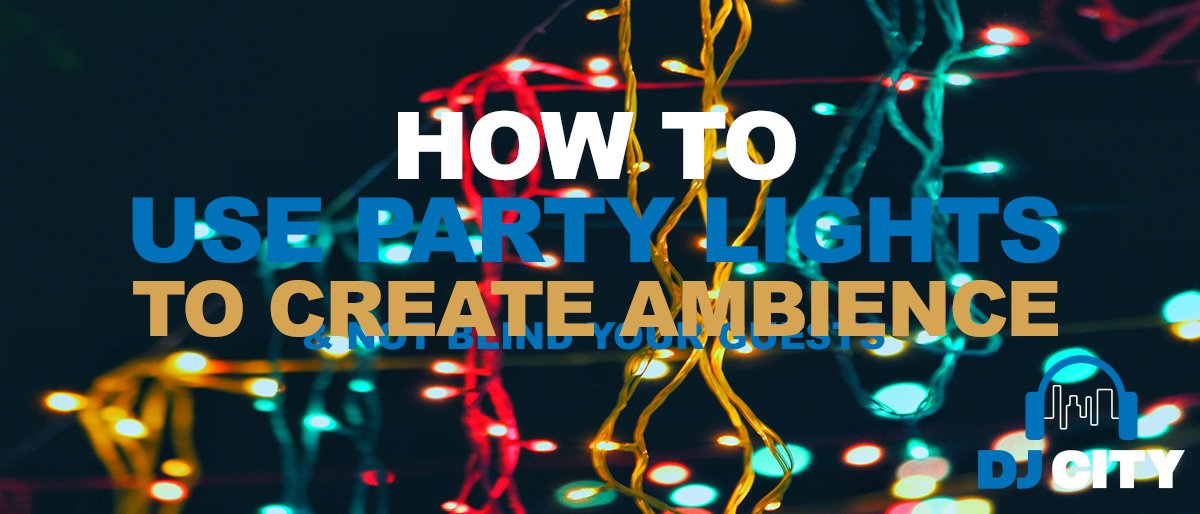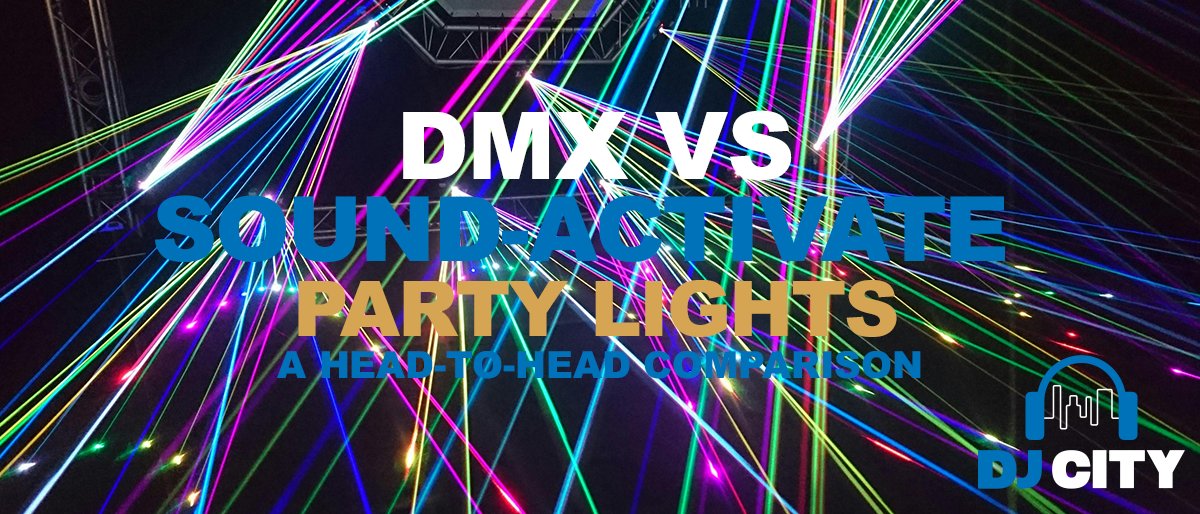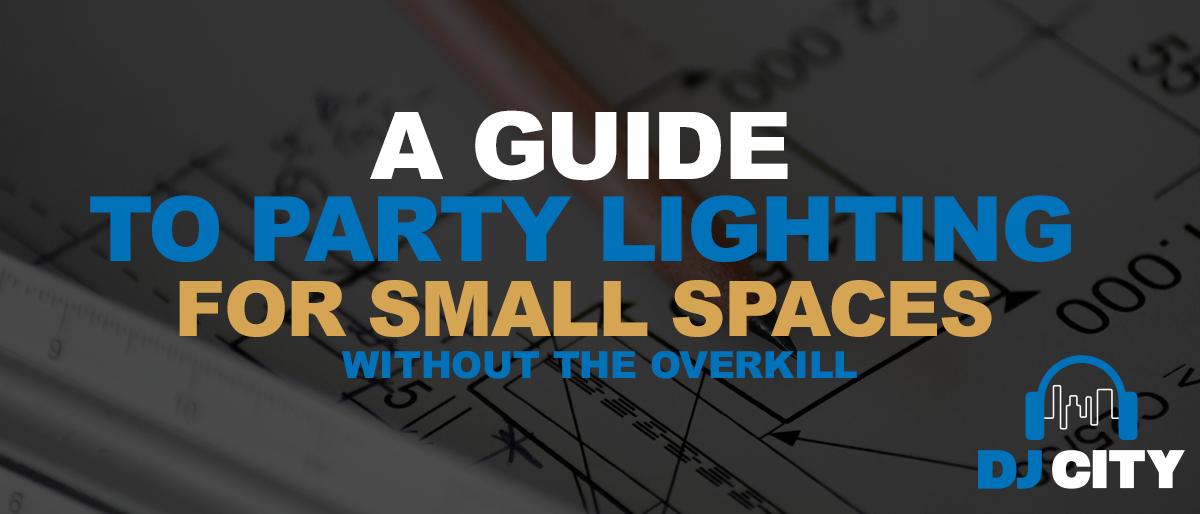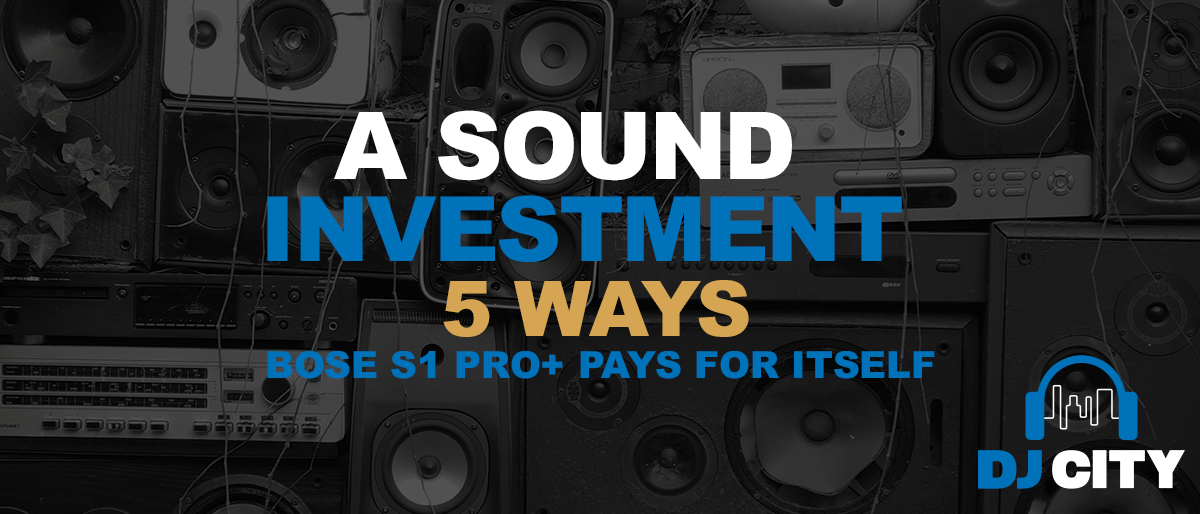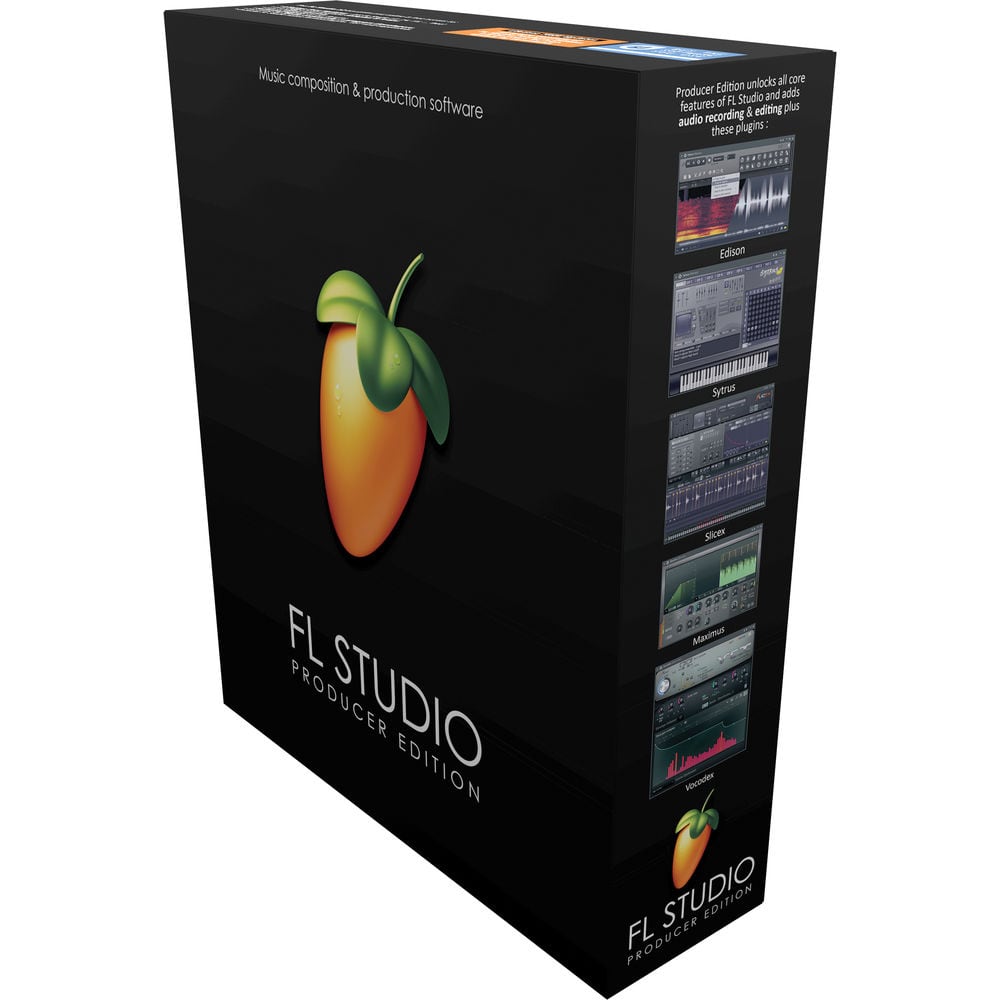
How To Mashup Songs (Using Free or Paid DAW Software)
We showed you how to make a mixtape. But what if there was a secret weapon to turning your already-great mixtapes into something even more original and memorable? We’re talking about mashups!
But not everyone knows how to use free or paid DAW software in music production. (DAW stands for digital audio workstation.)
Nevertheless, whether you’re a seasoned artist or budding amateur in the world of music production, knowing how to use digital audio workstations is a must.
What is a Mashup?
Essentially, a mashup is a form of music production usually in the form of a song. It is created by combining two or more pre-recorded songs together in a multi track recording to create an original composition. Often it is as simple as overlaying the vocal or acapella track of one song seamlessly over the instrumental track of another.
There’s a reason why the dance floor always goes off when a DJ plays a banging mashup of songs at the club. It’s because generally, people love hearing their favourite tracks played back to them in a different and more unique way. Especially when the two tracks mashed together are both fan favourites.
Not only that, but it’s also a great way of bringing back and reviving older and forgotten classics, all while putting a unique and modern spin on them, nailing the current trends and giving your audience a sense of nostalgia at the same time.
Getting Started in Electronic Music Production
If you know you’ve got a good ear for music production, but you’ve never made a mashup before, it might sound a little daunting.
Whether you think you need a special mashup software, are hesitant about beatmatching, or don’t know the first thing about mixing in key learning, the fundamentals of mashups will go a long way in setting you up to make the perfect one.
Listening to Melbourne Mashup DJ Kyle Mckay’s “Bangers & Mashups” series below is a great start to understanding the world of not just music production but mashups!
What you’ll need for a mashup in music production
Some sort of audio editing software i.e., digital audio workstation
If fear of not having the right software is holding you back from joining the ranks of music producers, then think again.
DJ software, mashup software, or even a fully-fledged digital audio workstation (although these tools can definitely help to give you more creative control over the way you mashup songs). If you’re limited with your options, using free audio editing software such as Audacity, or a free license of Cockos Reaper is still going to get the job done.
In our opinion, and if it’s an option, using a full-featured digital audio workstation you’re already familiar with is going to give you even more control over your electronic music and audio files while you mashup.
Digital audio workstations allow you to delve deeper into your creativity by adding effects and plugins such as EQ, Reverb, Delays, and Filters. So whether it’s Ableton Live, FL Studio, Reason or something else, open up your favourite digital audio workstation and let’s get ready to start mashing!
Paid vs Free Digital Audio Workstations
There are both free DAW and paid digital audio workstation options. While the free version software often offers enough features, versatility, functionality and virtual instruments to get you started, there are limitations around what can be achieved with music production. The best digital audio workstations offering all the advanced audio editing tools most likely require payment.
But these advanced features may not be necessary if you are taking your first step.
Where the free version is really useful is in helping you to work out which software is right for you and your music production journey. Each DAW offers slightly different audio editing designs and user experiences, so take the time to try the available free version and play around.
You can then compare it with other free digital audio software and determine which paid version is best suited for what you are trying to achieve with your music production. Remember, some software is more or less compatible with third party plugins, supports multi track recording or offers other unique advanced features. Take the time to play around with the free DAW software so you can determine which functionalities are most important to you.
Note: Not all electronic music and DJ software come with a free version. To find out more about available free digital audio workstation options, contact the DJ City team today.
Files
In order to mash up a combination of songs, it goes without saying, you’re going to need a combination of audio files on hand to open up in your digital audio workstations.
That is you’ll need an acapella of one song (audio track with just the vocals), and an instrumental of another (track without any vocals).
Instrumentals
Personally, I’ve found that choosing the instrumental first tends to be the most efficient way of creating a mashup that works. Then, find a suitable acapella that’s going to pair well together. Now you might already have a bunch of instrumentals sitting in your music library. Or even own vinyl records that come complete with the instrumental free version you can record straight to your computer.
However, if you don’t, they can often be hard to come across. While there are some songs you’ll find downloads online via a simple Google search, there might be a particular song you’re dying to mash up but either can’t locate online or can’t find a free version of. Or you might just struggle to get your hands on an instrumental version.
This is when you need to get creative with your music production.
A good idea is to listen carefully to the original track and sample an excerpt of the song where there are no vocals. Whether it be the intro, a drum beat, or a 4-bar loop. Then, either using your DJ Software or a digital audio workstation, loop your samples to effectively recreate a loop of the original instrumental. Alternatively, there are several DJ Pools online that offer a selection of otherwise unfound instrumentals. You can also utilise the virtual instruments functionalities in your music production software to help you create the perfect mix.
Acapellas
So, you’re set on an instrumental that’s going to be the foundation of your mashup. Now, you just need to find some vocals to layer over the top of it.
Again, like finding an instrumental, the search for an acapella can end up being a tiring and long-winded one that can often fall short. Where can you go to find acapellas you don’t already have access to? We’ve rounded up a couple of our favourites below, to get you started. Some of these offer free downloads and others require a paid account to access. You’ll find plenty of studio-quality acapellas here, as well as your fair share of DIY acapella. There are tracks that will suffice for a mashup, but still others may not stand up when it comes to quality. Use your discretion and common sense to judge.
There are many more where they came from, but that’s for another article: The 5 best websites to find free acapellas for music producers.

Beatmatching Tool
It’s likely you’ve already chosen a combination of tracks that are going to sound good together. But if their beats per minute or BPMs don’t match, your mashup is going to sound out of time, and it’s never going to work. Your DJ software or digital audio workstation is likely capable of analysing the BPMs of your songs. However, they won’t always accurately measure the BPM of your acapella. This is when you’ll need to load up the full version of the song (instrumental and vocals) to accurately determine the song’s BPM.
Once you’ve figured out the BPMs of your chosen audio recording tracks, your digital audio workstation is likely capable of warping your tracks by speeding up or slowing down your audio effectively without distorting or altering their pitch. Depending on your chosen songs, you’ll have to decide which track you’re going to speed up or slow down (or even make them both meet evenly in the middle to be less noticeable).
Key Matching Tool
When it comes to the key of your tracks, they need to match up well. Like a 120 BPM instrumental won’t mashup well with a 110 BPM acapella track. Neither will two songs boasting completely different keys. Even if your BPM’s are synced up and completely in time, your mashup is going to sound like nails on a chalkboard. The good news, if you’re not a seasoned music theorist, there are tools readily available for analysing your key. While some DJ software includes an onboard key analyser, there’s also specialist software available such as Mixed In Key that will give you an even deeper insight into key-matching.
How To Mashup Songs Using A Paid or Free Digital Audio Workstation
So we’ve covered everything you need regarding mashups with DAW software, now it’s time to start trying to produce music for yourself.
While the following steps aren’t going to place you among the top music producers or enable you to create a masterpiece mashup right off the bat, we’ve included all the fundamentals to get you on your way, and there’s really not all that much to it!
1. Choose Your Music
First things first, you need to choose your music; and as we briefly covered earlier, it’s usually a good idea to first pick the audio recording you’re going to use for your instrumental. Then, choosing the vocals you’re going to lay over the top of it. Furthermore, it’s important not to choose just any old combination of songs.
So throw your headphones on, and spend some time listening until you find a combination of songs that are going to sound perfect together.
In almost all cases, you’ll need to make sure the acapella and instrumental are in the same, or a related key. However, don’t let this stop you from experimenting with your audio files. In music creation, especially electronic music, it’s best to just follow your ear, and if it sounds good, embrace it!
2. Matching the BPM
Next, you’ll need to sync your BPMs so your tracks match up. Reiterating, it’s much easier to pull this off unnoticed when there’s not much difference in the BPM to begin with. Or, when one track is close to half the tempo of the other. For instance, if you have a 60 BPM Acapella and a 120 BPM Instrumental.
Most DJ software has some sort of “Sync” button on board to do this automatically for you. Your digital audio workstations are also likely to boast a similar feature to get this done cleanly and simply. If you don’t know how, Google is your friend when it comes to the best practice for doing this in your chosen DAW.
3. Line up and trim your tracks
By now, you’ve chosen your mashup songs, and the BPMs should be matching up nicely. The next thing to do is press play on your instrumental, and line up your vocal track. It’s a good idea to zoom right in on your waveforms and slightly nudge your tracks to get your mashup of songs exactly in time. Essentially, that’s it! You’ve got yourself a beat-synced mashup, now it’s time to add the fine-tuning!
It’s important to note, that there are some cases where music producers might need to do a little extra manipulating, chopping, or looping for your song to turn out just right.
Often when the tracks you’ve chosen are structured slightly differently to one another. As a result, you’ve got your instrumental kicking into the chorus after 8 bars when the verse on your vocals span 16 bars, or when your vocals have finished up, yet the instrumental still has two minutes to go.
4. EQing and Effects
The next thing you need to do is apply those final-tweaks to your audio file, EQing, and effects that are going to really make your mashup stand out from the crowd. Often, if you’re using a studio-grade acapella, your vocals are likely going to be raw, with no effects or EQ added to them.
When you’re making a mashup or mixing any song for that matter, the end goal is always to ensure that the instrumental and vocals sit together as seamlessly as possible.
The first thing in order to rectify this is to utilise an EQ; either onboard your digital audio workstation or via an external plugin. It’s important to EQ your vocals, ensuring they aren’t clashing with any of the frequencies from the instrumental track. If you’re experienced in production, you’ll likely already know your way around your digital audio workstation’s equaliser. If not, I encourage you to add the art of EQing to your arsenal of production skills.
On top of that, it’s possible to leave your vocals dry and without any added effects. It’s likely your mashup will sound that much better with some added FX. In particular, adding a slight touch of reverb to your vocals always adds an extra bit of polish to your track. Beyond that, it’s up to you! Whether you want to add Filters, Delays, or Chop and Change the vocals, or add additional samples, unleash your creativity and make your mashup your own.
Additional Music Production Tips for your Mashup
Follow the above steps in your digital audio workstation, and you’ll be staring down the barrel of your first finished mashup in no time. Before we finish off, here are some additional and final tips to help you level-up your mashup game!
- Study how the pros mashup songs! There are plenty of established mashup artists out there. So listen, study, and find out what they’re doing differently that makes their mashups sound so good.
- Try to avoid adding in those overused samples (and avoid unnecessary spamming of the airhorn).
- Get your levels right! If your vocals are too loud, or even too soft; your mashups can be left unlistenable.
- Listen with fresh ears! When you think you’ve finished a song, come back to it the next day. It’s a great way to pick up on areas for improvement you might not have noticed.
- Play it live! If you’re fortunate enough to get the chance to play your mashup at a gig, do it! The audience’s reaction is definitely the one that counts most.
- Finally, keep practicing! You’re not going to be the best mashup artist overnight, so continue to practice and refine your skills.
Above all, continue to experiment, have fun, and trust your ears. Knowing how to mashup songs is a great technique for differentiating your DJ sets and mixtapes. What’s more, it’s a great way to dip your toes in the basics of music production. On that note, check out our last blog post where we delve deeper into creating better mixtapes: How to make a mixtape that gets you hired!
Contact DJ City today – here to help you find the right paid or free DAWs
If you need any assistance with finding the right paid or free digital audio workstation, upgrading your music production equipment or recording audio, make sure to reach out to the DJ City team.
Our team are more than just experts in everything from MIDI editing to free digital audio workstations, they are fellow artists in the music production space. This means they understand what it takes to find the right paid or free DAWs for you and would love to help you today.




